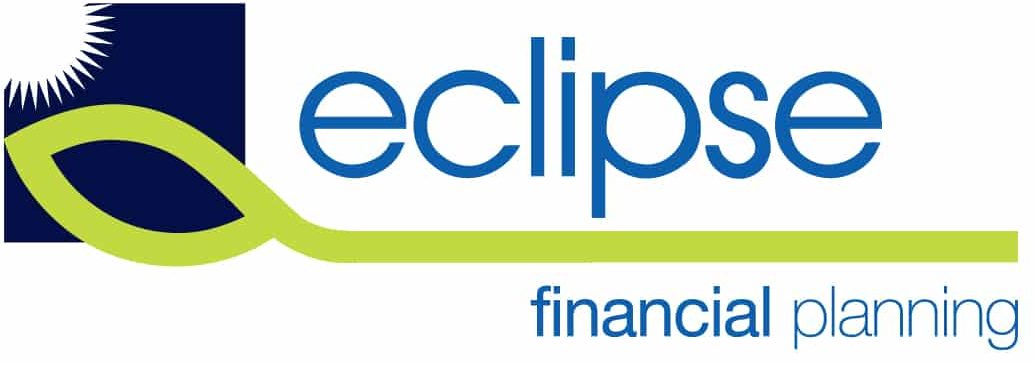It seems the cash rate is increasingly becoming a talking point for Australians. Last month, it fell to the unprecedented low rate of 2.25 per cent, and this month it has stayed at the same level, prompting much celebration from many Australians.
If you consider yourself clueless about the cash rate, consider this a primer to get you up to speed with Australia’s favourite instrument of monetary policy.
What is the cash rate?
You can think of the cash rate as something like the official interest rate for the entire country. It’s set every month by the Reserve Bank of Australia (RBA), whose board considers various economic factors as part of their decision, including inflation, unemployment and the exchange rate.
Why is the cash rate significant?
The cash rate serves as a benchmark for the interest rates set by all financial institutions in Australia. While they won’t follow it exactly, generally, if it trends lower, then so will the interest rates offered by banks and other lenders. For instance, RP Data CoreLogic Head of Research Tim Lawless noted recently that the previous cut brought the average standard variable home loan rate to its lowest point since 1968.
This is particularly good for those with an existing home loan, as well as those thinking about speaking to a mortgage broker about a new one. With loans more affordable, buyers are more likely to seek financing.
How do I know where the cash rate is going?
As a general rule, it’s not a great idea to base financial decisions based on cash rate predictions. Even experts get the RBA’s decisions wrong, and it’s better to use your personal needs and goals as a guidepost.
Having said that, the RBA does sometimes offer hints of what it will do. RBA Governor Glenn Stevens’ most recent statement told us that “[f]urther easing of policy may be appropriate over the period ahead,” suggesting more cuts sometime in the future.

